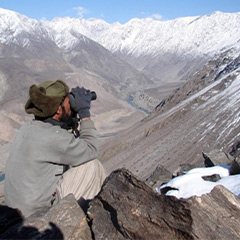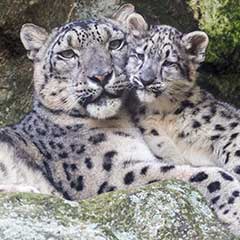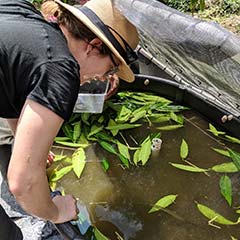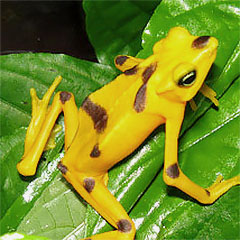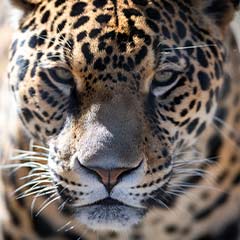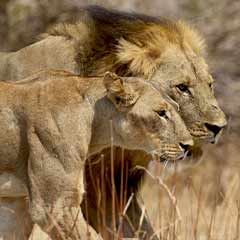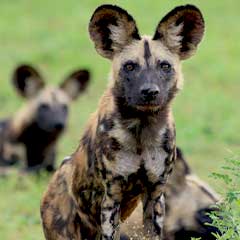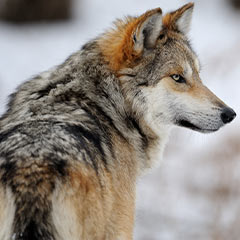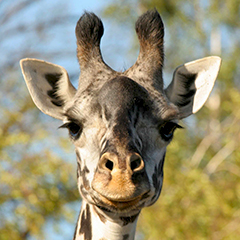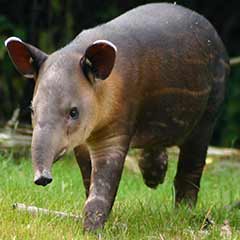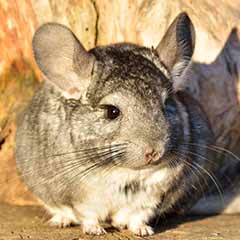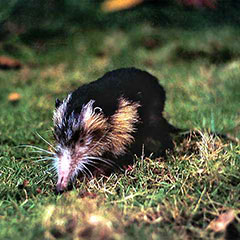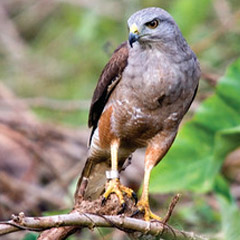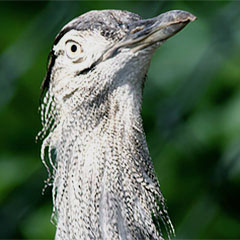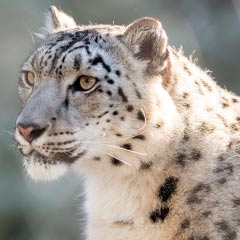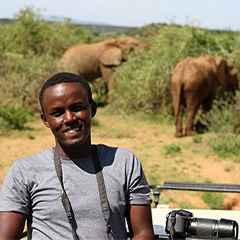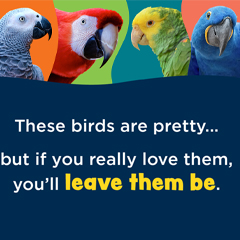Around the Globe
Our Conservation Impact
Zoo New England’s conservation impact spans the globe. Explore our map to see where we're making a difference.
Community-Led Conservation in Northern Pakistan
This conservation program is aimed at ensuring that northern Pakistan's fragile, high-elevation mountain refuge is permanently protected and conserved.
One Health in Madagascar
This long-term project studies the interconnectedness of biodiversity, animal and human health, and working towards a better future for our shared ecosystem.
Snow Leopard Conservation
We partner with the Snow Leopard Trust, collaborating with herder communities in South Gobi, Mongolia to protect snow leopards and their habitat.
Cross-River Gorilla Conservation
Through this partnership, we deepen our commitment not only to Cross-River gorillas, but to the Community Rangers who work to protect them.
Hicatee Turtle Conservation
We're working with the Belize Foundation for Research and Environmental Education to help protect and recover the Critically Endangered hicatee, or Central American river turtle.
Panama Amphibian Rescue and Conservation Project
We're working to save frogs from an amphibian crisis caused by the lethal chytrid fungus.
Northern Jaguar Conservation
We support the Northern Jaguar Project, whose innovative work is mitigating conflict with ranchers and protecting jaguars across a wide swath of northern Mexico.
African Lion Conservation
Zoo New England supports Lion Landscapes in their community-led conservation efforts to protect large wild carnivores moving out of protected parks and into human-dominated landscapes.
African Painted Dog Conservation
We support Lion Landscapes in their multi-year survey initiative to assess the status and conservation needs of Tanzania's painted dogs in an effort to bolster the population of this endangered species.
African Penguin Conservation
Zoo New England is partnering with SANCCOB to support the conservation of the Critically Endangered African penguin along the coasts of South Africa.
Mexican Gray Wolf Conservation
Since 1998, Zoo New England has been committed to re-introducing Mexican gray wolves into the wilds of the American Southwest, where they once lived in large numbers.
Giraffe Conservation
We support the Somali Giraffe Project in their work with local communities to help save one of Africa’s most majestic species.
Baird's Tapir Conservation
We support the Baird's Tapir Survival Alliance in developing education programs in which schoolchildren create their own solutions to local tapir conflicts.
Short-tailed Chinchilla Conservation
We've joined the AZA SAFE Chinchilla Program to help protect and recover some of the last remaining colonies of the Critically Endangered short-tailed chinchilla in Chile.
European Hamster Conservation
Zoo New England supports breeding and reintroduction efforts to save the European hamster, a species on the brink of extinction.
Cuban Solenodon Conservation
We're studying one of the few remaining endemic land mammals of the Caribbean, and helping to save it from extinction.
BirdsCaribbean: Conserving Migratory Birds
Zoo New England is partnering with BirdsCaribbean to help protect the many rare endemic and migratory birds that spend time on the Caribbean island of Hispaniola.
Northern Dhole Conservation
We're teaming up with local scientists and Cornell University's College of Veterinary Medicine to search for these elusive animals and launch a community-focused effort to protect them.
Conservation of Red Siskins – A Casualty of the Pet Trade
We're supporting a multifaceted recovery effort to help restore this vibrant species in the wild.
Kori Bustard and Kiwi Conservation
Zoo New England works with other institutions across the U.S. to find new uses for kori bustard and kiwi feathers.
Sabin Snow Leopard Grants Program
Zoo New England manages the Sabin Snow Leopard Grant Program, providing funding to conservationists working to save this iconic big cat.
Graduate Scholarship Program
We've partnered with the Wildlife Conservation Network in providing graduate scholarships to conservation leaders of tomorrow from low-income countries.
U.S. Wildlife Trafficking Alliance
We're a proud partner of the U.S. Wildlife Trafficking Alliance, working together to protect wildlife from illegal trade.


